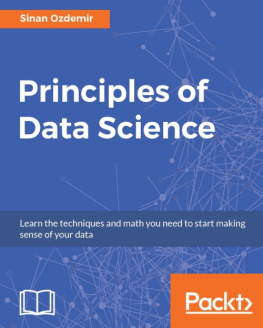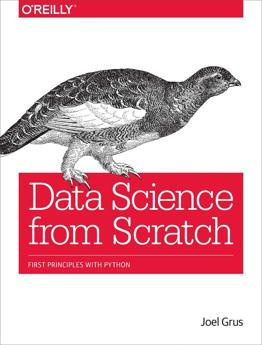Jean - ESSENTIAL MATH FOR DATA SCIENCE: take control of your data with fundamental calculus, linear... algebra, probability, and statistics
Here you can read online Jean - ESSENTIAL MATH FOR DATA SCIENCE: take control of your data with fundamental calculus, linear... algebra, probability, and statistics full text of the book (entire story) in english for free. Download pdf and epub, get meaning, cover and reviews about this ebook. year: 2020, publisher: OReilly Media, Inc., genre: Children. Description of the work, (preface) as well as reviews are available. Best literature library LitArk.com created for fans of good reading and offers a wide selection of genres:
Romance novel
Science fiction
Adventure
Detective
Science
History
Home and family
Prose
Art
Politics
Computer
Non-fiction
Religion
Business
Children
Humor
Choose a favorite category and find really read worthwhile books. Enjoy immersion in the world of imagination, feel the emotions of the characters or learn something new for yourself, make an fascinating discovery.
ESSENTIAL MATH FOR DATA SCIENCE: take control of your data with fundamental calculus, linear... algebra, probability, and statistics: summary, description and annotation
We offer to read an annotation, description, summary or preface (depends on what the author of the book "ESSENTIAL MATH FOR DATA SCIENCE: take control of your data with fundamental calculus, linear... algebra, probability, and statistics" wrote himself). If you haven't found the necessary information about the book — write in the comments, we will try to find it.
Master the math needed to excel in data science and machine learning. If youre a data scientist who lacks a math or scientific background or a developer who wants to add data domains to your skillset, this is your book. Author Hadrien Jean provides you with a foundation in math for data science, machine learning, and deep learning.
Through the course of this book, youll learn how to use mathematical notation to understand new developments in the field, communicate with your peers, and solve problems in mathematical form. Youll also understand whats under the hood of the algorithms youre using.
Learn how to:
- Use Python and Jupyter notebooks to plot data, represent equations, and visualize space transformations
- Read and write math notation to communicate ideas in data science and machine learning
- Perform descriptive statistics and preliminary observation on a dataset
- Manipulate vectors, matrices, and tensors to use machine learning and deep learning libraries such as TensorFlow or Keras
- Explore reasons behind a broken model and be prepared to tune and fix it
- Choose the right tool or algorithm for the right data problem
Jean: author's other books
Who wrote ESSENTIAL MATH FOR DATA SCIENCE: take control of your data with fundamental calculus, linear... algebra, probability, and statistics? Find out the surname, the name of the author of the book and a list of all author's works by series.

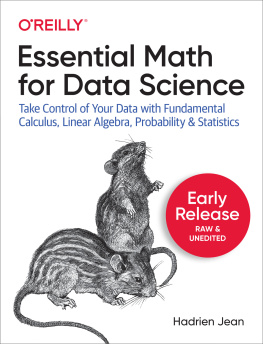

![Jean - [SSA] Terribly Twisted Tales](/uploads/posts/book/191529/thumbs/jean-ssa-terribly-twisted-tales.jpg)

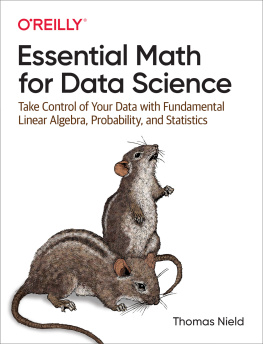

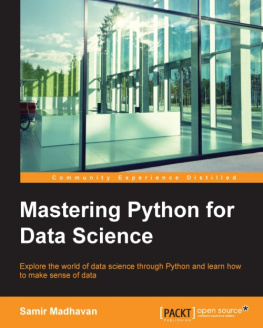
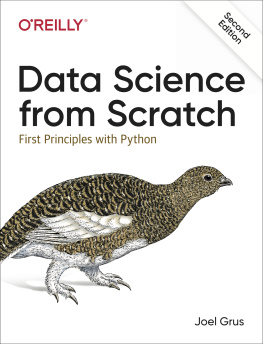
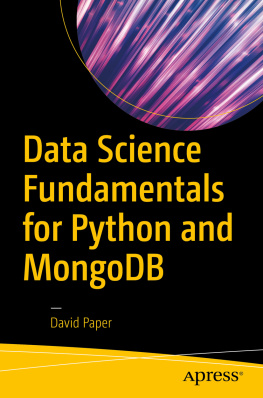
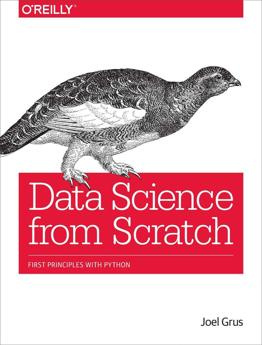
![David Paper [David Paper] - Data Science Fundamentals for Python and MongoDB](/uploads/posts/book/119639/thumbs/david-paper-david-paper-data-science.jpg)
![Michael R. Brzustowicz [Michael R. Brzustowicz] - Data Science with Java](/uploads/posts/book/119626/thumbs/michael-r-brzustowicz-michael-r-brzustowicz.jpg)
